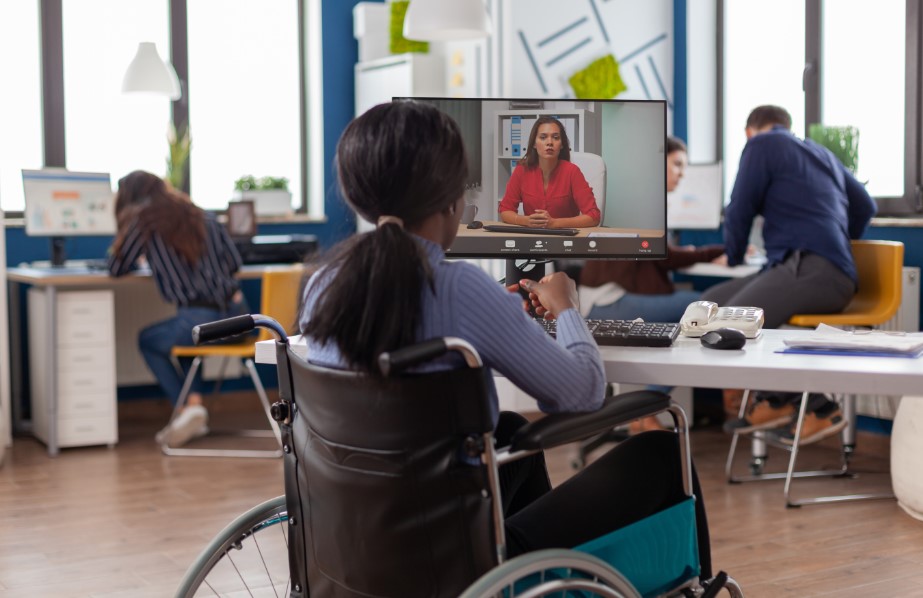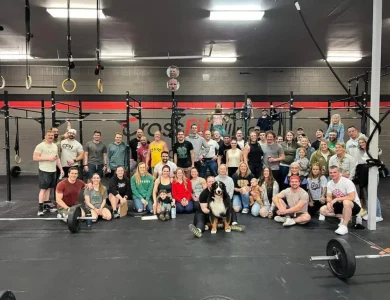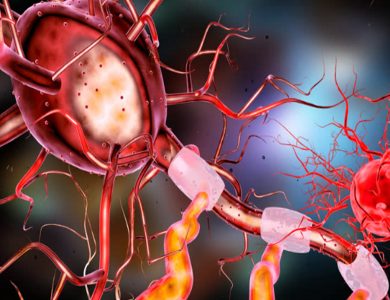Assistive technology plays a crucial role in enhancing independence, mobility, and quality of life for individuals with disabilities. In this article, we’ll explore the wide range of assistive technologies available to support people with disabilities in various aspects of daily living.
Types of Assistive Technology
Mobility Aids: Mobility aids such as wheelchairs, walkers, and canes provide individuals with mobility impairments the ability to move around independently and safely. Advanced mobility devices, including powered wheelchairs and scooters, offer increased mobility and accessibility in different environments.
Communication Devices: Communication devices such as speech-generating devices, communication apps, and text-to-speech software enable individuals with speech or language impairments to express themselves effectively and communicate with others.
Visual Aids: Visual aids such as screen readers, magnifiers, and Braille displays assist individuals with visual impairments in accessing digital content, reading printed materials, and navigating their surroundings more easily.
Hearing Aids: Hearing aids amplify sound and improve hearing for individuals with hearing impairments, allowing them to better communicate and participate in conversations, meetings, and social activities.
Assistive Listening Devices: Assistive listening devices, including FM systems, loop systems, and captioned telephones, enhance auditory accessibility for individuals with hearing loss in various settings, such as classrooms, theaters, and workplaces.
Environmental Control Systems: Environmental control systems automate and control electronic devices and appliances within the home environment, enabling individuals with mobility or dexterity impairments to independently operate lights, thermostats, doors, and other household devices.
Assistive Software: Assistive software applications and programs, such as screen readers, voice recognition software, and alternative input devices, help individuals with disabilities access and interact with computers, tablets, and smartphones more effectively.
Prosthetic and Orthotic Devices: Prosthetic and orthotic devices, such as artificial limbs, braces, and orthopedic supports, restore mobility and function for individuals with limb loss or musculoskeletal impairments, enabling them to perform daily activities with greater ease and comfort.
Mobility Aids: Mobility aids such as wheelchairs, walkers, and canes provide individuals with mobility impairments the ability to move around independently and safely. Advanced mobility devices, including powered wheelchairs and scooters, offer increased mobility and accessibility in different environments.
Benefits of Assistive Technology
Promotes Independence: Assistive technology empowers individuals with disabilities to perform tasks independently and participate more fully in daily activities, education, employment, and social interactions.
Mobility Aids: Mobility aids such as wheelchairs, walkers, and canes provide individuals with mobility impairments the ability to move around independently and safely. Advanced mobility devices, including powered wheelchairs and scooters, offer increased mobility and accessibility in different environments.
Enhances Accessibility: Assistive technology improves access to information, communication, transportation, education, and employment opportunities, thereby reducing barriers and promoting inclusivity for people with disabilities.
Improves Quality of Life: By increasing independence, mobility, and participation, assistive technology enhances the overall quality of life for individuals with disabilities, fostering greater autonomy, confidence, and well-being.
Supports Inclusive Education: Assistive technology enables students with disabilities to access educational materials, participate in classroom activities, and engage with peers and teachers, promoting inclusive education and academic success.
Facilitates Employment: Assistive technology enables individuals with disabilities to perform job-related tasks, access workplace accommodations, and pursue meaningful employment opportunities, contributing to greater economic independence and self-sufficiency.
Empowers Social Inclusion: Assistive technology facilitates social interactions, community engagement, and participation in recreational and leisure activities, fostering connections, friendships, and a sense of belonging for individuals with disabilities.
Assistive Listening Devices: Assistive listening devices, including FM systems, loop systems, and captioned telephones, enhance auditory accessibility for individuals with hearing loss in various settings, such as classrooms, theaters, and workplaces.
Environmental Control Systems: Environmental control systems automate and control electronic devices and appliances within the home environment, enabling individuals with mobility or dexterity impairments to independently operate lights, thermostats, doors, and other household devices.
Assistive technology plays a transformative role in empowering individuals with disabilities to live more independently, participate more fully in society, and achieve their goals and aspirations. By providing access to a wide range of assistive technologies, Mubadala Health Dubai is committed to supporting people with disabilities in Dubai and promoting inclusivity, accessibility, and equality for all.
Thanks for visiting https://mediascentric.com




